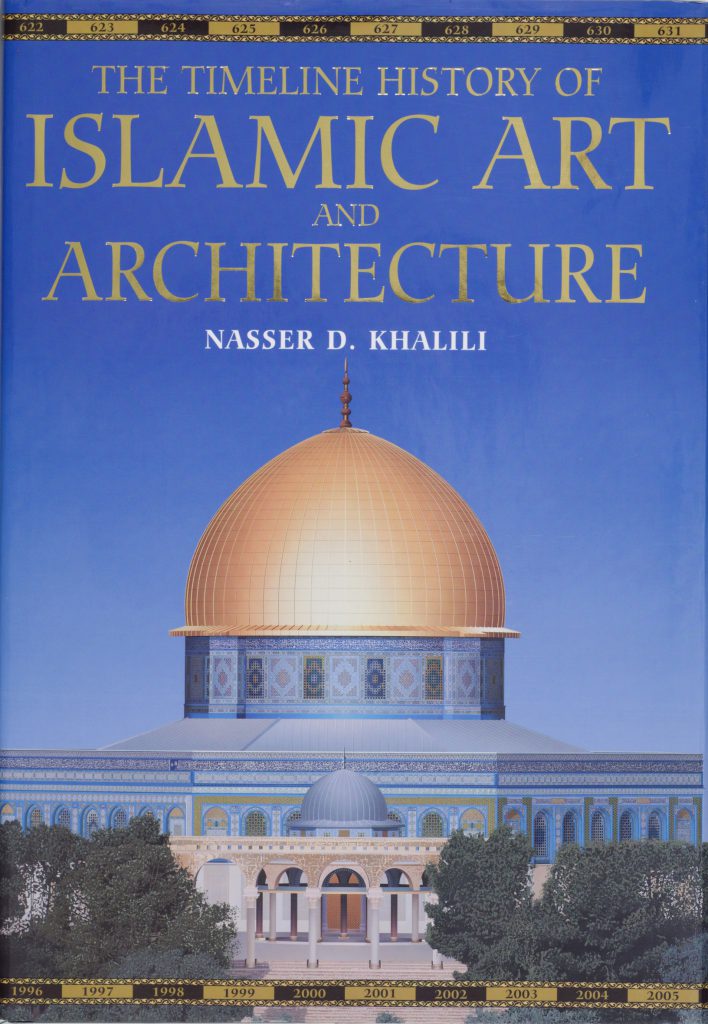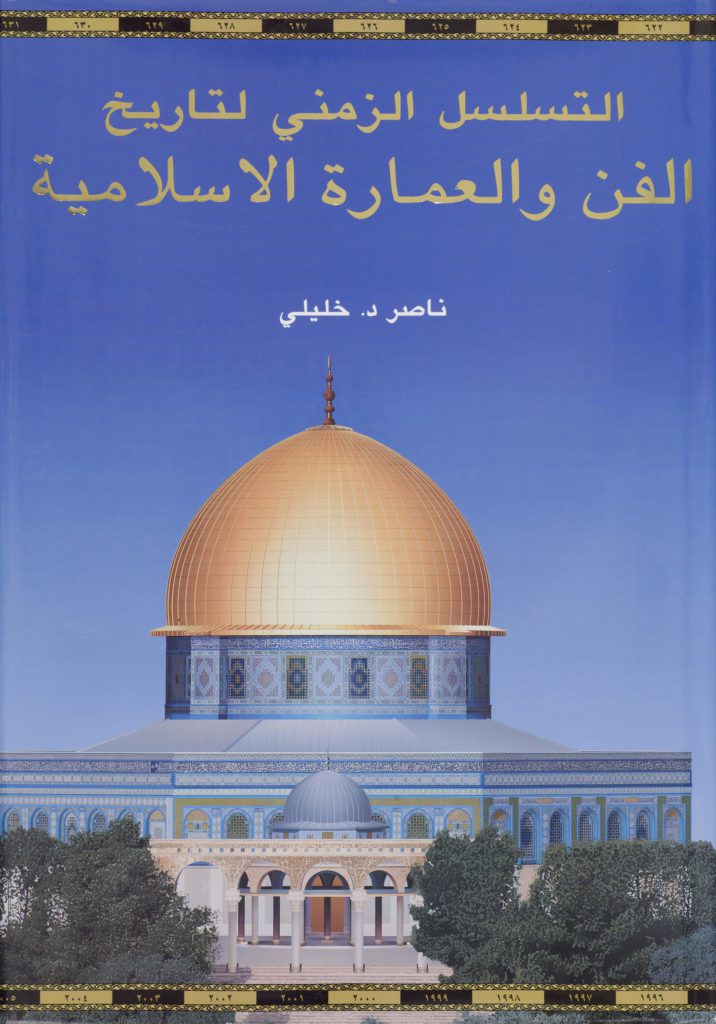


The history of Islam stretches from the 7th century to the present and encompasses an area from Spain to Indonesia, North Africa to China. More than 50 of the recognised countries of the modern world are of the Muslim faith, with Muslims numbering more than 20% of the total world population. The material culture of the Muslim peoples is accordingly rich and varied.
In the past, written histories of the art of the Islamic lands have either been very general or highly focused on particular regions or types of artifacts. The spectacular format of The Timeline History of Islamic Art and Architecture allows the reader to view the magnificent sweep of the arts of Islam in a unique and accessible way. Diverse developments throughout the Islamic world can be compared simultaneously across time and place, and specific objects and buildings seen in the light of key events in Muslim history. From calligraphy to carpets, armour to architecture, this book lavishly reveals the immense heritage handed down through Islamic artists over the centuries, and examines their relationship to their Western peers.
Following the Timeline, according to both the Western and Islamic calendars, are fourteen illustrated chapters devoted to calligraphy, Qur’ans, miniature painting, bookbinding, lacquer, pottery and ceramics, glass and rock crystal, metalwork, scientific instruments, arms and armour, jewellery, carpets and textiles, coins and architecture. Further pages provide the histories of the major dynasties of the Islamic world, with lists of the most important rulers. A four-page colour fold-out map gives the locations of historical and cultural sites, and the Muslim calendar and dating system are explained. The main text is supplemented by a glossary of key Islamic and art-historical terms; a list of the major collections of Islamic art and throughout the world; suggestions for further reading; and a comprehensive index. Finally, at the back of the book is a rotating wheel, on one side of which the reader can see landmark achievements of Islamic art and on the other find key facts about the modern Islamic nations.
The book is lavishly illustrated with over 800 colour photographs of magnificent architecture as well as exquisite objects, the majority from The Khalili Collection, one of the most important and comprehensive private collections of Islamic art in the world.
Professor Nasser D. Khalili Founder of the Khalili Collections; Honorary Fellow of the University of London; Visiting Professor, School of Oriental and African Studies, University of London
English edition 2005 189 pages hardback 38 x 26 cm Worth Press ISBN: 1-903025-17-6
Arabic edition 2006 189 pages hardback 38 x 26 cm The Nour Foundation ISBN: 1-874870-89-7


Please register your email to download a pdf of this book.